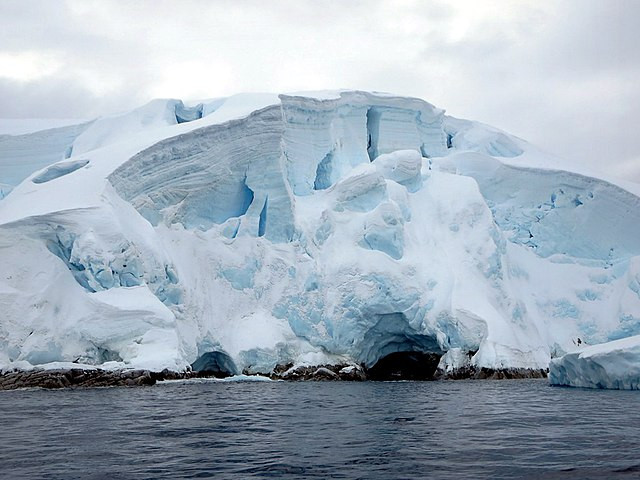The climate crisis is not only causing unprecedented shifts in weather patterns and sea levels but is also fundamentally altering the length of our days and even impacting the Earth's core, according to new research. The mass melting of polar ice caps is redistributing water from high latitudes to the equator, making the Earth more oblate and slowing its rotation, thereby lengthening each day by milliseconds.
This seemingly minor change in the length of the day could have significant implications for global systems reliant on precise timekeeping, such as internet traffic, financial transactions, and GPS navigation. "We can see our impact as humans on the whole Earth system, not just locally, like the rise in temperature, but really fundamentally, altering how it moves in space and rotates," said Professor Benedikt Soja of ETH Zurich.
Historically, the Earth's rotation has been gradually slowing due to the gravitational drag of the moon on the planet's oceans and land. However, the rapid melting of the Greenland and Antarctic ice sheets, driven by human-caused global warming, is exacerbating this slowdown. The redistribution of water to the equatorial regions increases the planet's equatorial bulge, further decelerating its spin.
The findings, published in the Proceedings of the National Academy of Sciences and Nature Geoscience, underscore the profound impact of climate change on planetary dynamics. The researchers used observations and computer models to determine that the rate of Earth's rotational slowdown has accelerated from 0.3 milliseconds per century in the 20th century to 1.3 milliseconds per century in the 21st century due to accelerated ice melt.
"This present-day rate is likely higher than at any time in the past few thousand years," the researchers noted. They predict that even with severe curbs on greenhouse gas emissions, the rate of day lengthening will remain around 1.0 millisecond per century for the next few decades. Without such curbs, it could increase to 2.6 milliseconds per century by 2100, overtaking lunar tides as the primary driver of long-term variations in day length.
Dr. Santiago Belda of the University of Alicante, who was not involved in the research, emphasized the critical implications of these findings. "This study is a great advance because it confirms that the worrying loss of ice that Greenland and Antarctica are suffering has a direct impact on day length, causing our days to lengthen. This variation in day length has critical implications not only for how we measure time but also for GPS and other technologies that govern our modern lives."
The research also highlights how the redistribution of water due to ice melt is shifting the Earth's axis of rotation. This shift impacts the fluids within the Earth's molten core, creating a feedback loop that further affects the planet's rotational dynamics. The movement of molten rock inside the Earth adjusts to the changes in its axis and rate of spin, illustrating the interconnectedness of surface processes and the planet's interior.
"You can add Earth's rotation to this list of things humans have completely affected," said Soja. He suggested that the influence of ice loss on the Earth's spin could one day rival that of the moon's tidal forces if carbon emissions continue unabated.
The implications of these changes extend to space exploration and timekeeping. Accurate knowledge of Earth's position in space is crucial for the navigation of spacecraft. A small shift in Earth's axis could result in significant navigation errors for missions to Mars and other celestial bodies. Moreover, the changes in Earth's rotation are delaying the need to add a "negative leap second" to Coordinated Universal Time, which is necessary to keep our clocks in sync with the planet's rotation.
Duncan Agnew, a geophysicist at the Scripps Institution of Oceanography, praised the new research for extending previous findings. "It extends the result further into the future and looks at more than one climate scenario," Agnew said, adding that the researchers reached a result similar to his previous work.
Thomas Herring, a professor of geophysics at the Massachusetts Institute of Technology, found the study's conclusions about the interaction between surface processes and the core to be plausible. "Large scale processes at the surface can penetrate to the fluid core," Herring noted, highlighting the significant depth at which these surface changes can influence the planet's interior.






